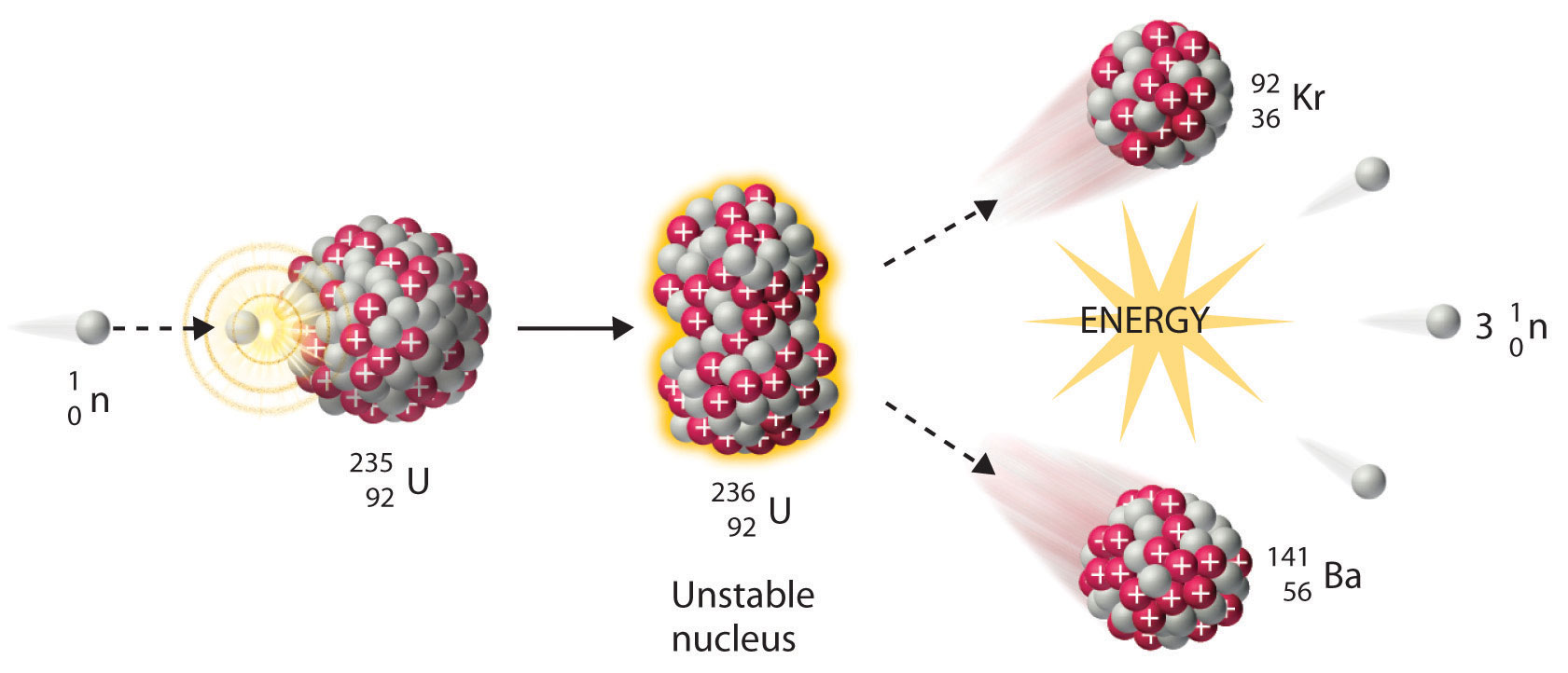

The resulting entity is slightly less massive than the original two nuclei, and just like with fission, this missing mass is converted into energy. In nuclear fusion, two nuclei of a light element, such as hydrogen, must overcome their natural electromagnetic repulsion and merge into a single, heavier nucleus. (Image credit: ITER) (opens in new tab)įusion, by contrast, has yet to be fully developed as a human power source. This is the tokamak complex, which will house plasma that is 10 times hotter than the sun, once it is complete. The International Thermonuclear Experimental Reactor's plasma core is halfway done. Related: 6 years after Fukushima: Has Japan lost faith in nuclear power? Why fusion doesn't produce energy, yet This releases a tremendous amount of power in a short span, generating the devastating blast of the bomb. Fission releases heat, which boils water and generates steam that spins a turbine.īut in an atomic bomb, the cascading chain reaction spirals out of control, with fission happening at an ever-increasing rate. In a nuclear power plant, this process is carefully controlled.

In 1951, engineers built the first power plant harnessing the process of nuclear fission to produce energy, according to the U.S. If this neutron hits other nearby uranium atoms, they will also split, creating a cascading chain reaction. When a uranium atom naturally goes through fission, it releases a neutron that will careen around.

A single instance of fission might release a relatively small amount of power, but many fission reactions happening at the same time had the potential to be quite destructive if used to develop something like an atomic bomb. All three scientists soon realized the terrible implications of their discovery, which was happening under the shadow of World War II.


 0 kommentar(er)
0 kommentar(er)
